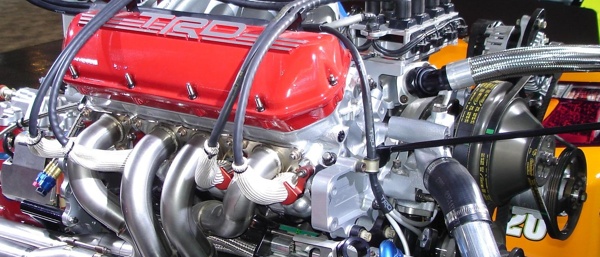Aqua Allisons – Part 1
The Allison engines were used just about every imaginable way. First, they were used as a single engine, then combined as a pair of them, and even three or four of them-all on a single vehicle. Since their development and release in aircraft in 1930, engine builders following WWII began to pry more power out of them and the rest is history.
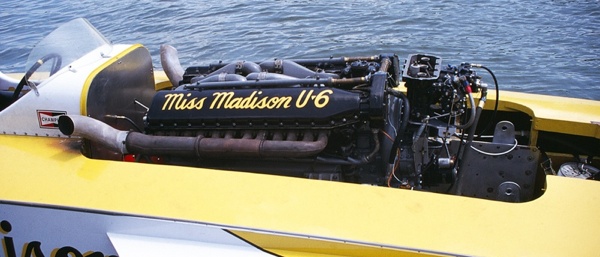
Studebaker Sleeper
A crude-looking ’53 Studebaker drag racing car from Iowa has its share of rust, dings, dents and paint flaws, but under its hood is a one-of-a-kind Pontiac intake manifold that has some very sophisticated engineering behind it. Davenport, IA, resident Jim Allen has owned the Studebaker Starliner Coupe since 1959. It was back in 1964 that he purchased the factory experimental intake to go on the 421-cid Pontiac Super-Duty V8.
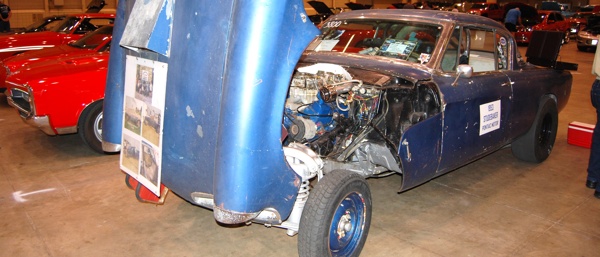
Consider a Dyno/Flow Bench for Your Shop
Any engine builder that is doing performance work or high volume engine building can benefit from owning an engine dynamometer. A dyno is not just a tool for plotting horsepower and torque curves. It’s also a tuning tool for plotting and adjusting fuel mixture and ignition calibration, a quality control tool to assure proper engine break-in, valvetrain adjustments and to verify compression, ring seating and gasket sealing. It can also be used as a performance and/or durability research tool.
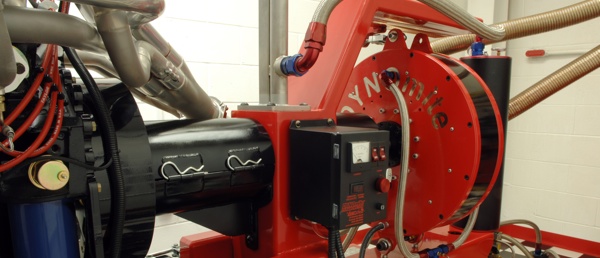
Selecting Pushrods, Rockers and Springs for Your Build
Everybody knows you need the right combination of valvetrain components to maximize an engine’s power potential. The trick is figuring out which components are the “right” ones for a given application. A high revving engine with an aggressive cam needs lightweight rocker arms and stiffer valve springs to keep up with the cam.
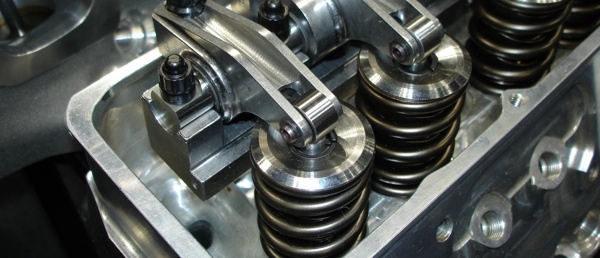
Shop Solutions – December 2014
In our shop, we don’t have a dyno or engine test stand. We work on a variety of engines from Chevys to Internationals to Continentals, so no engine start stand would suit everything we do. In an effort to find oil leaks, we have started to “smoke” our engines.
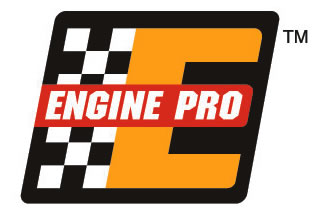
Sticker Shock – The 392 Magnum Gets Ready for Auction
As you can see in the pictures, we’ve reached a point where we can say the engine is built and ready to install. Or in this case ready to dyno and auction off. We certainly would not have been able to produce such a cool piece without the help of our contributors and Grawmondbecks Competition Engines. The 392 V8 Magnum engine is currently being auctioned off on eBay Motors. The auction ends Dec. 21.
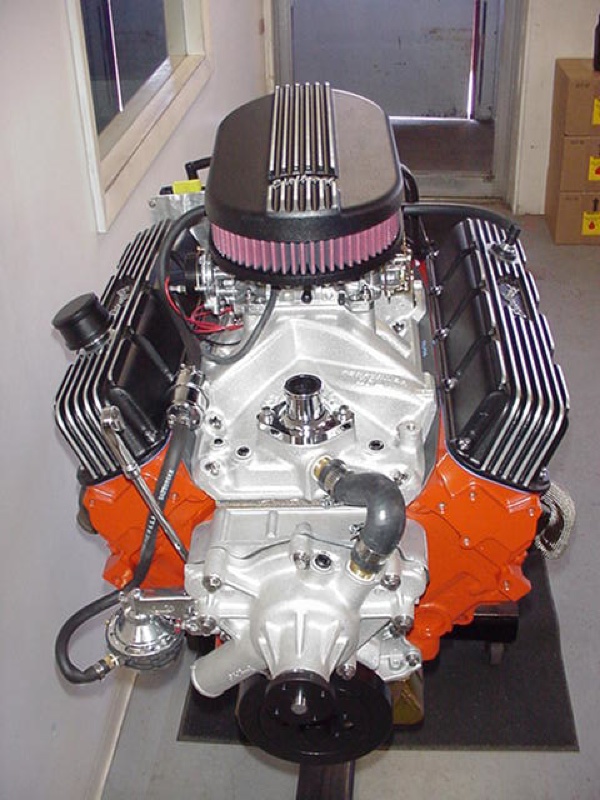
Lining Up Sleeve and Liner Work
Whether their purpose is going to be repairing an OE application or to go all out in the restructuring of the engine block, liners and sleeves have to be able to perform a number of tasks. Here are some tips to help you with their installation:
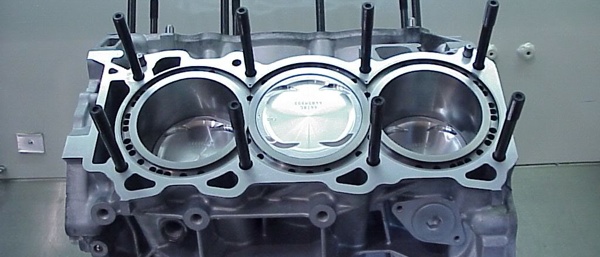
Five Points to Ponder Prior to PRI
Being an FE Ford fan, and having raced them, and still owning several, “Animal” Jim enjoyed Engine Builder’s article about FE Fords in the April Issue. Jim has been in love with FE’s since his brand new ’63 R code he had when he was 22. In this article he share’s five points prior to the 2014 PRI show.
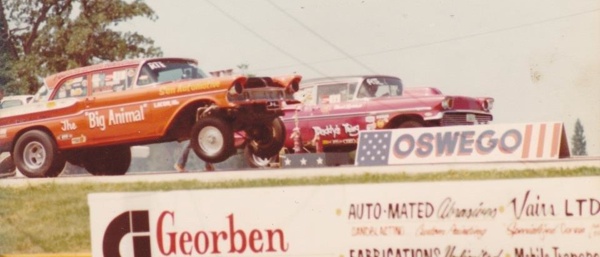
Magnificent Millers in Milwaukee Mile
Auto racing enthusiasts Bob Sutherland, David Uihlein and Chuck Davis started the Millers at Milwaukee Vintage Indy Car Event at the Wisconsin State Fair Park in 1995. At that time, the three never dreamed that it would become an annual event drawing cars from across the country and showcasing in retrospect the ideas that sprung from auto racing to advance auto engine technology. But that’s exactly what it is today.
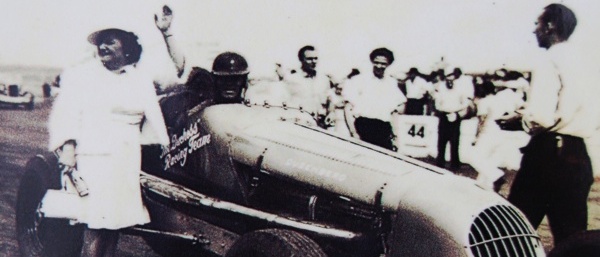
The Rebirth of the Green Monster
Recently, Tim Arfons brought the sights and sounds of turbine dragsters to an entirely new generation of racers and fans thanks to the life-lessons and hands-on expertise he learned from his father, the legendary Art Arfons. Arfons has painstakingly remade the famous Green Monster front-engine dragster to better-than-new condition and is using it as a high-speed history lesson for today’s drag racing fans.
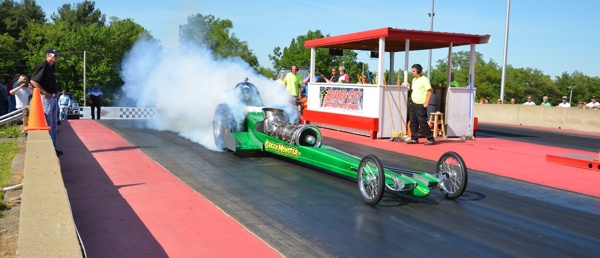
Choosing the Correct Camshaft for the Build
Choosing a particular type of camshaft for an engine build is an important decision that has to be made before any other parts are ordered or machined. Choosing a cam requires answering some basic questions, the most important of which is the engine application itself.
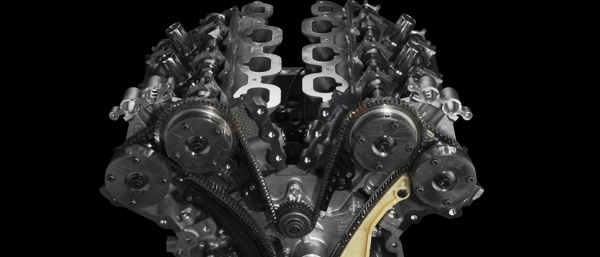
Performance Oiling Systems
The basic purpose of an oiling system is to provide lubrication for the engine. It doesn’t matter if the system is a wet sump with an internal oil pump mounted in the crankcase or front cover, or a dry sump system with an external multi-stage pump. The engine doesn’t know the difference as far as where the oil comes from – as long as the flow keeps coming at all RPMs and under all operating conditions.
